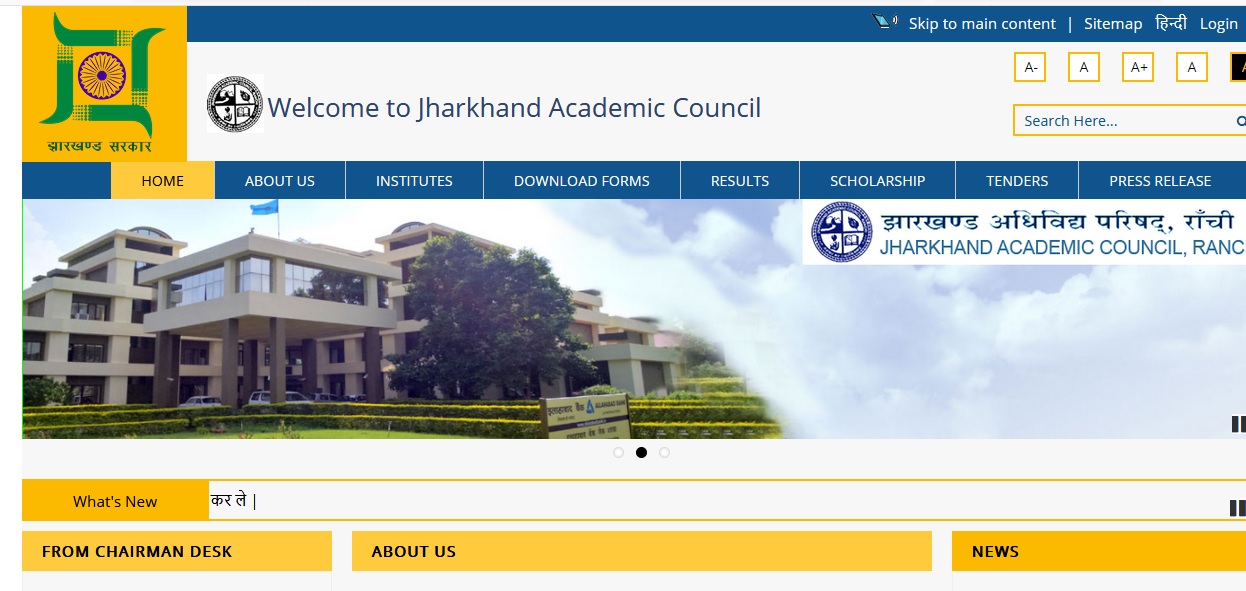jac.nic.in Economics Model Question Paper : Jharkhand Academic Council
Name of the Organisation : Jharkhand Academic Council
Standard : X
Document Type : Model Question Paper
Name of the Subject : Economics
Website : http://jac.nic.in/Com%20Model%20question.htm
Download Model Question paper : https://www.pdfquestion.in/uploads/9971-ECONOMICS.pdf
JAC Economics Model Question Paper
Group – A
Choose the Correct Answer :
1. Which is not the agent of production? 1
(a) Land
(b) Exchange
(c) Capital
(d) Organisation
Related : Jharkhand Academic Council Geography Model Question Paper : www.pdfquestion.in/9967.html
2. Which of the following capital good? 1
(a) Ornaments
(b) Cloth
(c) Machine
(d) Wheat 1
3. When TP is maximum then MP is? 1
(a) Decreases
(b) Constant
(c) Increases
(d) Zero 1
4. When price of Y Commodity increases 5% then the demend decrease at the same percentage. What would be ed.
5. What increase is TP called when one unit of factor is increased.
6. Which market shows this demand curve?

Group – B
Short Answer Question :
1 What is economic problem? Why does it arise? 3
2. Define utility? 3
3. Give the formula to measure price elasticity of demand? 3 Name the method of measuring it.
4. Explain the law of demand with the help of demand schedule & curve. 3
5. Let the total cost of 6 unit of a commodity is Rs. 180, than what is average cost or per unit cost of that commodity.
Group – C
Short Answer Question : 4 marks
1. Explain the relationship between Marginal utility and Tu with the help of 43 diagram. 4
2. Explain the types of elasticity of demand. 4
3. Classify the following into fixed cost and variable cost. 4
a. Rent of Land
b. Policy Fee
c. Advertisement Fee
d. Wages of Labour
e. Interest
f. Depreciation Fee
Long Answer Question :
1. Explain expansion of supply and Increase in supply with the help of diagram and also explain Three reasons for increase.
2. Explain consumer equilibrium using IC analysis.
3. Explain Average Revenue Curves of different market with help of diagram.
4. Explain the modern view of law of diminishing returns.
Group – D
1. Employment Theory is related to………………
2. What are intermediate goods?
3. MPC + ……………………. = 1
4. Is money a commodity?
5. What is the relationship between consumption and income?
6. How is calculated primary deficit?
7. What is exchange rate?
Short Answer Question : 3 Marks
1. What is the deference between intermediate goods and final goods? Give an example
2. What is deference between CRR and SLR?
3. Explain the meaning of inflationary gap with the help of a diagram.
4. What does balance of payment account show? Name the two parts of the balance of payment account?
5. Distinguish between balance of payment and balance of trade?
Short Answer Question : 4 Marks
Calculate GDP at Factor cost from following data :-
a. Value of intermediate goods 250
b. Indirect Tax 40
c. Consumption of fixed capital 50
d. Value of output 700
2. What is money? Explain the functions of money.
3. Distinguish between voluntary and involuntary unemployment?
4. Giving reasons state whether the following statements are true or false
i. If the ratio of marginal propensity to consume and marginal propensity to save is 4:1. The value of investment multiplier will be 4.
ii. Sum of average propensity to consume and marginal propensity to consume is always equal to 1.
Long Answer Question : 6 Marks
1. Explain the following functions of Central Bank
2. Distinguish between Inflationary gap and deflationary gap. Show deflationary gap on a diagram?
3. Explain the concept of equilibrium level of income with the help of C+1 curve. Can there be unemployment at equilibrium level of income?
Micro Economics
Objective Type Questions :
Mention the name of the curve which shows economic problem.
(a) Production curve
(b) Demand curve
(c) Indifference curve
(d) Production Possibility curve
2. What is the beginning and end of all economic activities
(a) Consumption
(b) Production
(c) Exchange
(d) Distribution.
3. Equi-Marginal Utility law is called as –
(a) Diminishing Utility
(b) Increasing Utility
(c) Las of Substitution
(d) Non of these
4. “Money is a pivot around which economic science clusters”, this statement is given by –
(a) Keynes
(b) Marshall
(c) Robertson
(d) Hatrey
5. Which of the following is correct
(a) TVC = TC-TFC
(b) TC = TVC-TFC
(c) TFC = TVC+TC
(d) TC = TVC x TF